I have a cron job that runs every 10 minutes and updates the content-type and x-amz-meta. But since yesterday it seems like after the cron job run, Amazon is not picking up the changes made (refreshing his cache).
I even went and made the changes manually but no change...
When a video is uploaded it has a application/x-mp4 content-type and the cron job changes it to video/mp4.
Although S3 has the right content type video/mp4 cloudfront shows application/x-mp4(old content-type) ....
The cron job has been working for the last 6 months without a problem.
What is wrong with amazon caching? How can i synchronize the caching?


